Carrying on from our previous blog post on the benefits of LED, we dive further in to the differences between the types of lighting available.
Buying a light bulb is not so simple anymore. As technology advances and environmental awareness is increasing daily, energy efficiency has become an integral (excuse the pun) concern and a priority amongst many homeowners.
It is common knowledge that choosing the right light bulb could drastically reduce your power bills and positively affect the environment (if you don’t know the benefits, we have written a post on why you should switch to LED), but which one should you choose?
With all of us on an energy-saving mission to reduce our household running costs as well as reduce the the impact on the environment, it can be difficult to know what to do to save electricity.
Understanding the differences between incandescent, compact fluorescent (CFL), and light-emitting diode (LED) light bulbs will make choosing a bulb simple once more (more on that in our next post).
There are two key terms pertaining to light bulbs: watts and lumens. A watt refers to the amount of energy required to power a bulb. With incandescent bulbs, the number of watts has become synonymous with the level of brightness, even though a watt really does not tell you anything more than the amount of power necessary to light the bulb.
Below is a table highlighting the key differences between the three lightbulb types:
| Incandescent | CFL | LED | |
| Life Span | 1,000 hours | 6,000 | 50,000 hours |
| Watts | 40W | 9W | 6W |
| Lumens | 400 | 320 | 300 |
| Heat Emitted | 56.6 BTUs per hour | 20.3 BTUs per hour | 2.3 BTUs per hour |
| CO2 Emissions | 3000 pounds per year | 701 pounds per year | 301 pounds per year |
| Contains Mercury | No | Yes | No |
| RoHS Compliant | Yes | No | Yes |
| Kilowatts of Electricity Used | 2190 KWh per year | 531 KWh per year | 228 KWh per year |
| Annual Operating Cost | £164.01 per year | £39.64 per year | £17.00 per year |
| Cost of Bulb | £0.62 | £1.86 (average) | £18.67 |
| Months to Recover Initial Expense | N/A | Vs. Incandescent: <1 month | Vs. Incandescent: 1.5 months Vs. CFL: 9 months |
As you can see, LED light bulbs outperform CFLs in almost every category, and you recover any initial cost investment relatively quickly. In less than a year, you will have recouped your original investment and your savings will begin to accrue rapidly.
While installing LED fixtures is an excellent way to go green, you can also use replacement LED light bulbs in your existing fixtures. Either way, you will have energy-efficient, attractive light that will save you money as well as help conserve the environment for years to come.
Some of the differences
When changing to LED lighting you may notice some initial differences due to the new technology:
Shapes
LED lamps can be slightly different in shape and a little heavier than filament bulbs, in the same way that CFL bulbs are different from filament bulbs. Inside, LED lamps contain extra circuitry called a “driver”. For better efficiency and longevity, LED lamps need to have good thermal management, so will often include specially designed heat reduction features that can add some weight.
Light colour and life
LED lamps can produce light close to a filament lamp and probably better than a CFL lamp. Sometimes LED light can be described as a bit bluish or white. It is a good idea to buy “warm white” lamps if you prefer the colour to be a little more yellow. We have found it does not take long to get used to LED light. LED lamps can last 20X longer than filament lamps, but as with all types of lighting, LED lamps will very slowly get less bright over a long time.
Instant-on
Unlike most CFL lamps and many filament bulbs, LED lamps light up as soon as you flick the switch. There is no ‘warm-up’, so you get light where you need it, when you need it.
Dimming
LED is a low-power product; there are dimmable and non-dimmable versions of lamp types. Dimming LED lamps with high-power dimmers designed for filament lamps can present problems. Dimmable LED lamps can be dimmed down to about 10% of total light output.
Beam spread
LED chips by their nature produce light in a forward direction, unlike a filament lamp that produces light in nearly all directions (light in all directions can be considered to be wasted energy, as light is “lost” in the light fitting).
You may find the beam spread is different with an LED non-directional lamp (e.g. a standard bulb shape), clever optics and LED chips mounted in different angles can be used to produce light in the direction needed but with an LED lamp the light pattern from a light fitting may differ from a filament or CFL lamp. A lot depends on the fitting and placement, reflection, the type of shade and the where the actual light is needed.
With directional lamps such as GU10 spot lamps there is little difference as light is focused forward.
Integral LED are meeting the challenge of beam spread by introducing their new OMNI lamp- by using the latest driverless linear LED technology, they have done away with the heavy heat sinks and complex circuitry associated with LED lamps to produce a highly efficient, lightweight lamp with a super-wide beam angle that consumers have been waiting for.


 Integral LED coming soon to MyMemory
Integral LED coming soon to MyMemory





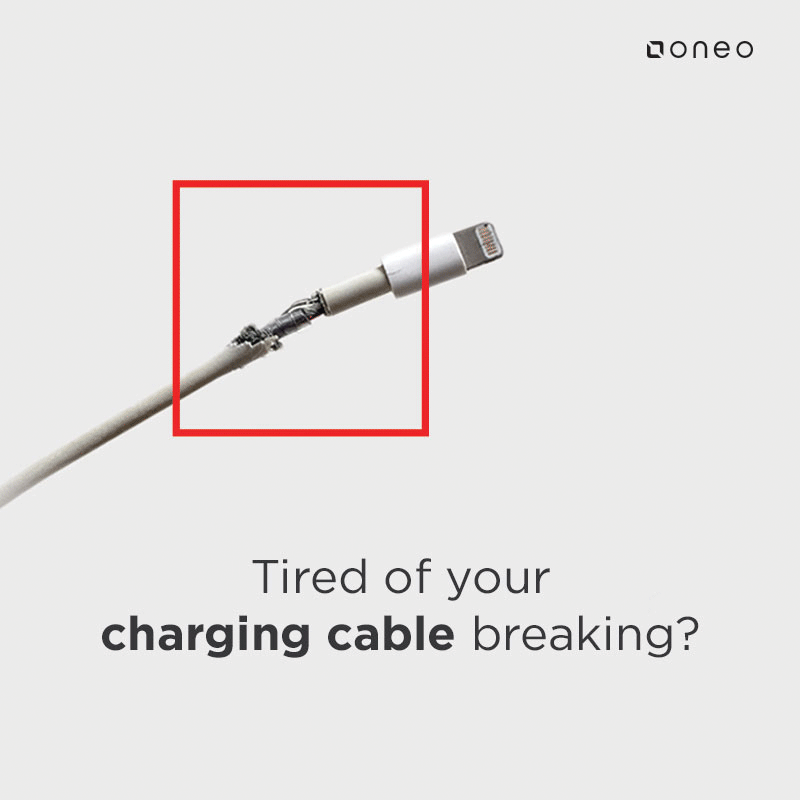
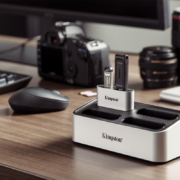

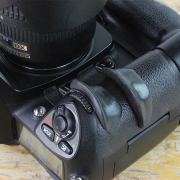


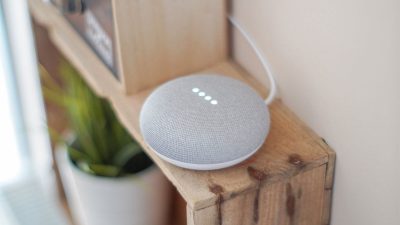
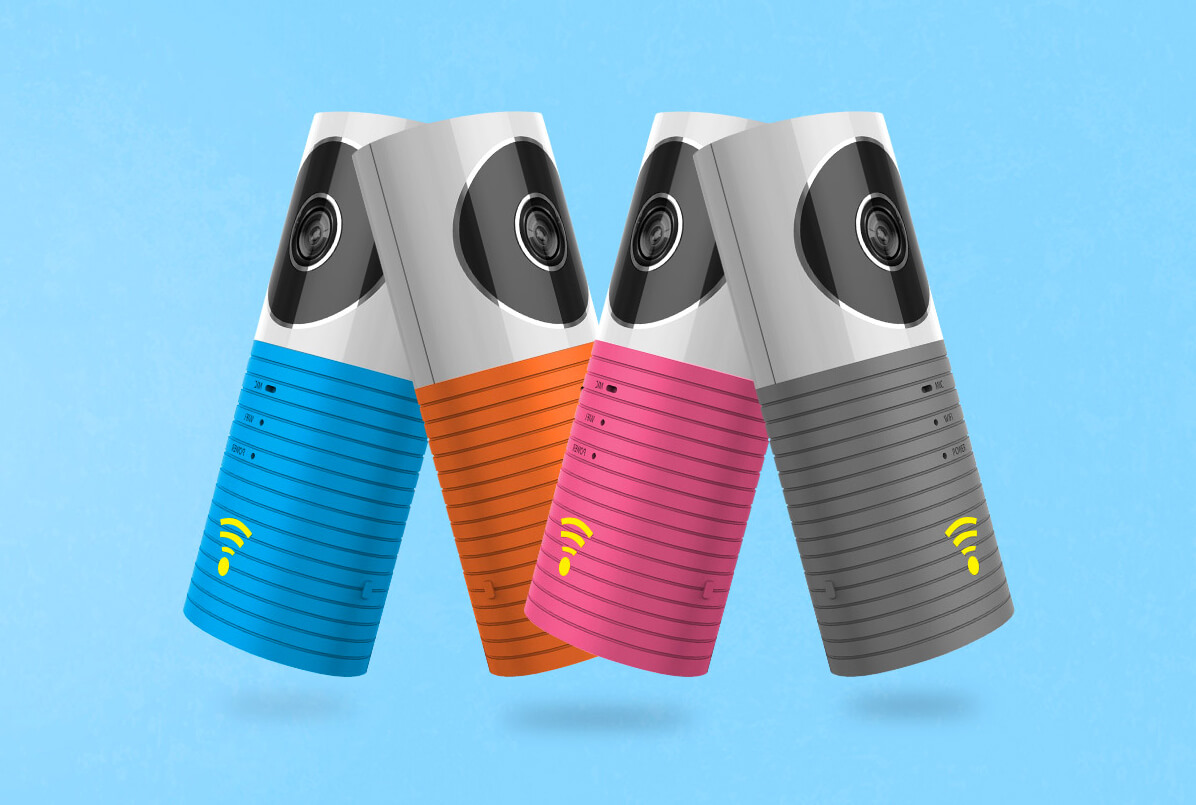


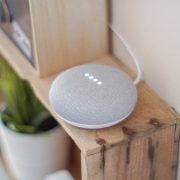

Comments